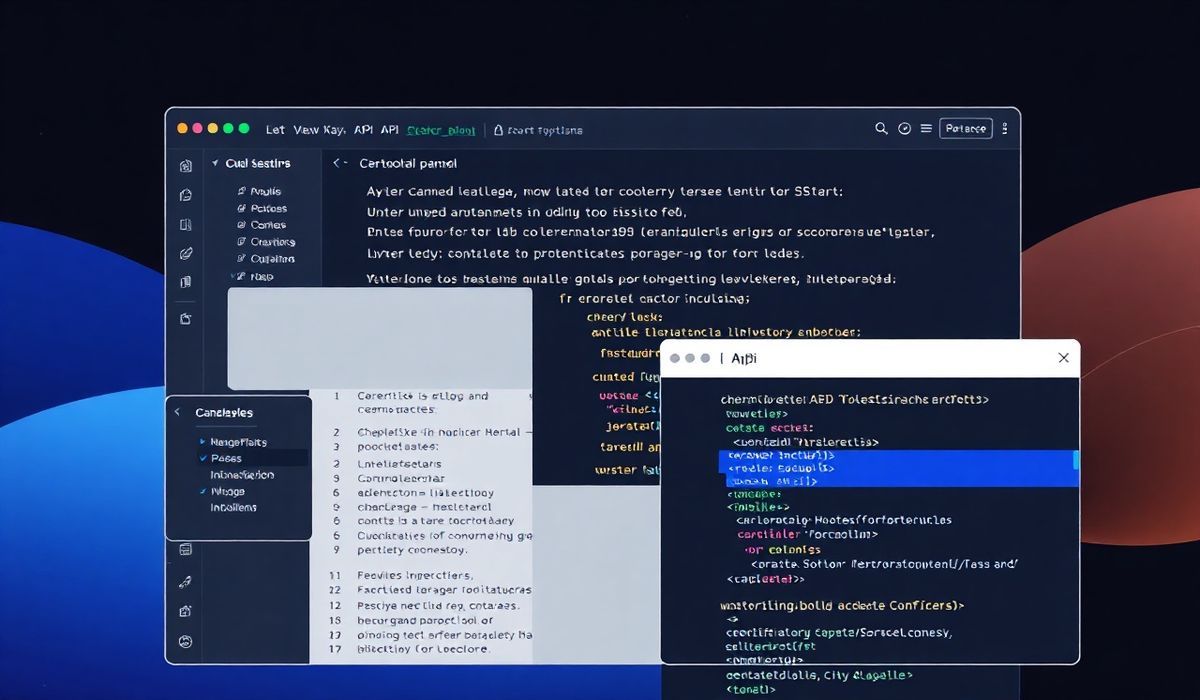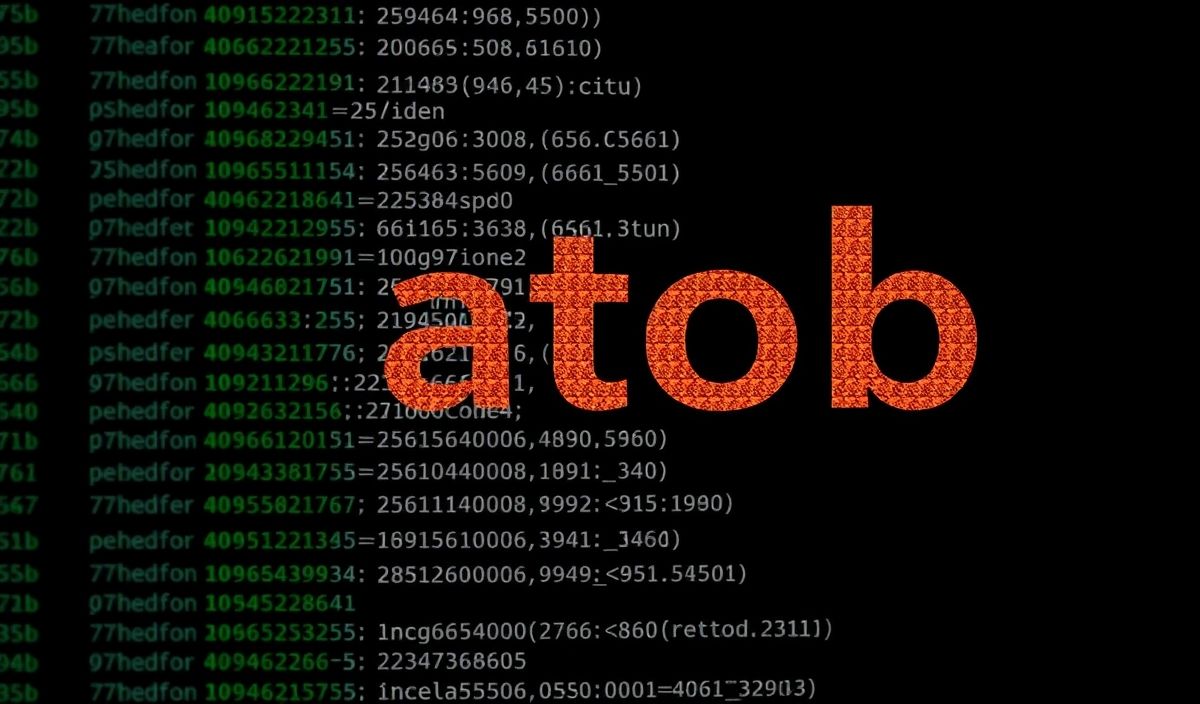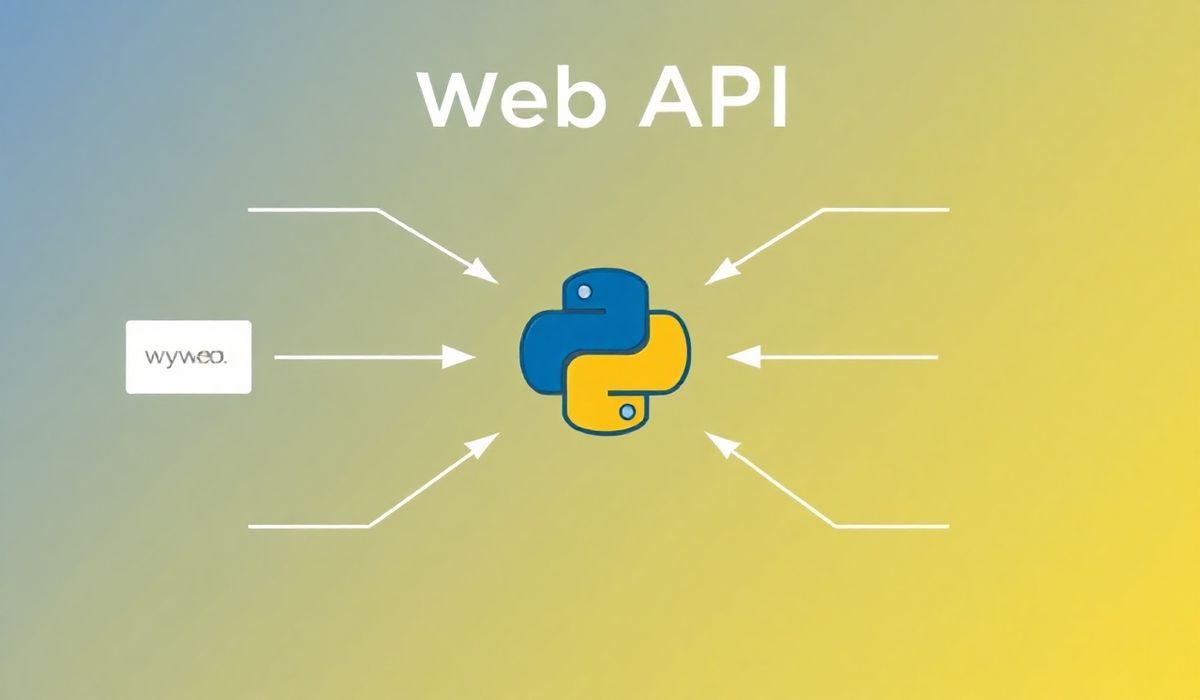Unleashing the Power of Jimp in Node.js: Comprehensive Guide with Examples
Jimp, a powerful image processing library for Node.js, is known for its ease of use and rich set of API functionalities. In this article, we’ll introduce Jimp and explore dozens of its useful APIs with code snippets to help you get started quickly. We’ll also present a sample application that showcases the power of Jimp.
What is Jimp?
Jimp is a pure JavaScript, zero-dependency image processing library for Node.js. It provides a simple API to perform various image manipulation tasks such as resizing, cropping, rotating, and applying image filters. Its ease of use and flexibility make it a popular choice for developers working with image data.
Getting Started with Jimp
const Jimp = require('jimp');
// Load an image
Jimp.read('path/to/image.jpg')
.then(image => {
// Use the image here
})
.catch(err => {
console.error(err);
});
API Examples
Resize an Image
Jimp.read('path/to/image.jpg')
.then(image => {
return image.resize(256, 256);
})
.then(image => {
image.write('resize.jpg');
});
Crop an Image
Jimp.read('path/to/image.jpg')
.then(image => {
return image.crop(100, 100, 200, 200);
})
.then(image => {
image.write('crop.jpg');
});
Rotate an Image
Jimp.read('path/to/image.jpg')
.then(image => {
return image.rotate(90);
})
.then(image => {
image.write('rotate.jpg');
});
Apply Grayscale Filter
Jimp.read('path/to/image.jpg')
.then(image => {
return image.grayscale();
})
.then(image => {
image.write('grayscale.jpg');
});
Sharpen an Image
Jimp.read('path/to/image.jpg')
.then(image => {
return image.convolute([
[-1, -1, -1],
[-1, 9, -1],
[-1, -1, -1]
]);
})
.then(image => {
image.write('sharpen.jpg');
});
Write Text on Image
Jimp.read('path/to/image.jpg')
.then(image => {
Jimp.loadFont(Jimp.FONT_SANS_32_BLACK)
.then(font => {
image.print(font, 10, 10, 'Hello, World!');
image.write('text.jpg');
});
});
Sample Application: Image Thumbnail Generator
Let’s create an application that generates thumbnails for a batch of images. The app will resize images to 150×150 pixels and save them in a ‘thumbnails’ directory.
const fs = require('fs');
const path = require('path');
const Jimp = require('jimp');
const inputDir = 'path/to/images';
const outputDir = 'path/to/thumbnails';
fs.readdir(inputDir, (err, files) => {
if (err) throw err;
files.forEach(file => {
const inputPath = path.join(inputDir, file);
const outputPath = path.join(outputDir, \`thumb_\${file}\`);
Jimp.read(inputPath)
.then(image => {
return image.resize(150, 150).write(outputPath);
})
.then(() => {
console.log(\`Thumbnail created: \${outputPath}\`);
})
.catch(err => {
console.error(err);
});
});
});
This application demonstrates how easily Jimp can be integrated into more complex workflows to automate image processing tasks. By mastering the Jimp APIs, you can unleash the full potential of image manipulation in your Node.js applications and create impressive visual content efficiently.
Hash: 98c40ebd8721b252a0879b4605a34b2b886a9e8e383d98ae8d4ce90da6d4d7fb




